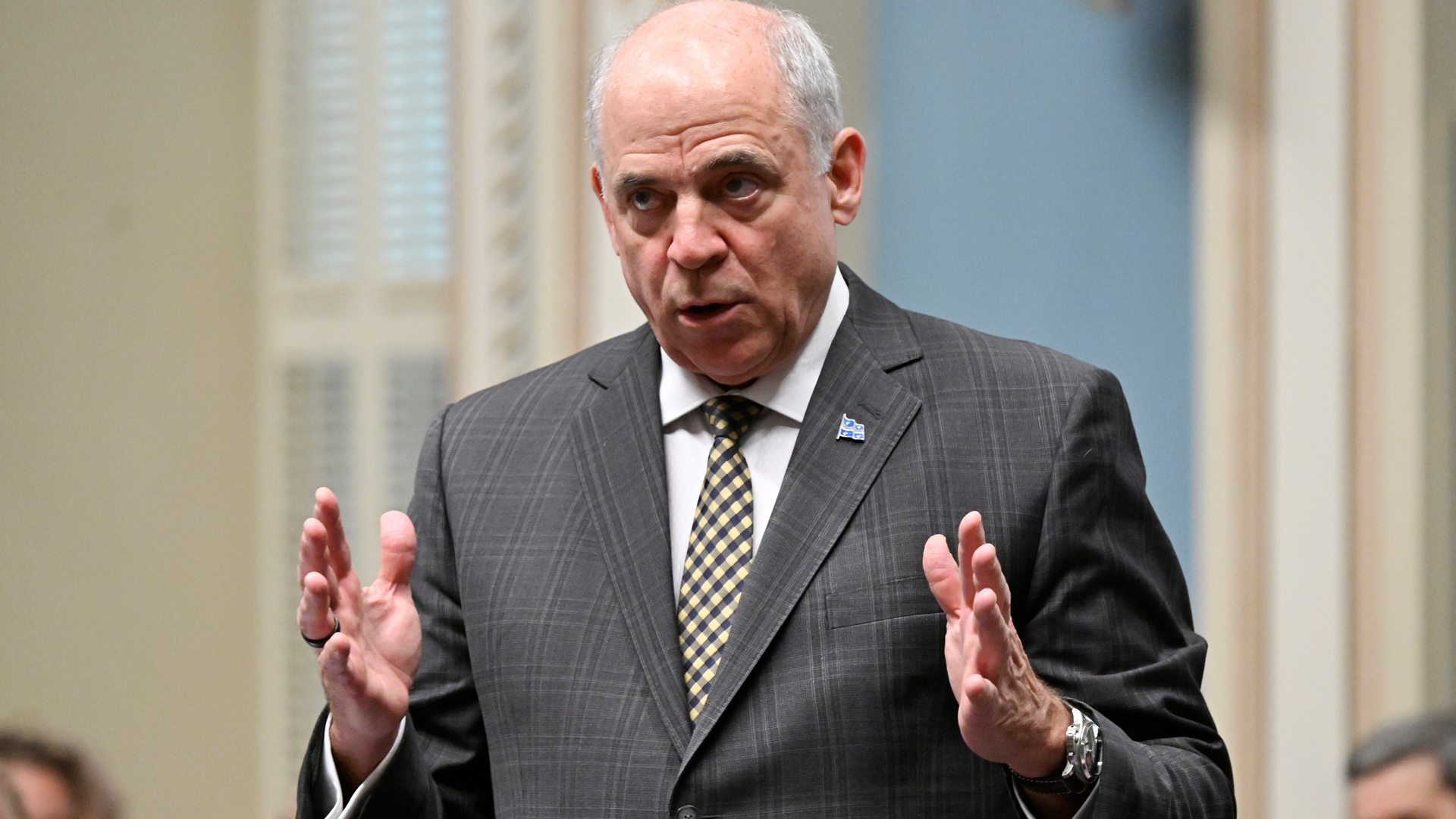
Though no one noted it at the time, 2016-17 was actually a momentous year for Canadian post-secondary education. For the first time since the 1950s, Canadian universities and colleges collectively received less money from governments than they generated themselves from tuition fees and other sources. Though this was in part due to some one-time factors (it was an exceptional year for returns to university endowment funds), there is no chance that this result won’t be the norm in the years to come: for nearly a decade, the country has been firmly on the track of transitioning from a “publicly funded” system of post-secondary education to one that is merely “publicly-aided.”
The cause of this change is not hard to find: it lies in provincial governments’ funding of institutions. This peaked at about $22 billion (in constant 2016 dollars) in 2010-11 and has since fallen back by about 5 percent. This decline occurred despite an increase in enrollments; when measured on a per-student basis, the decline in provincial funding is on the order of 15 percent. For the most part, these cuts have not been dramatic: in fact, the erosion of provincial funding has been rather quiet: a halt to construction programs here, a nominal freeze in operating grants there. But even in the absence of drama, over the space of nearly a decade these small cuts add up.
This provincial funding freeze did not result in a diminution of activity at Canadian universities and colleges. Enrolment grew by 21 percent. Research output – both basic and applied – increased substantially. And institutions also coped with much higher IT costs, increased demand for student services, and – especially – much higher costs related to an increase in the proportion of students enrolling in expensive STEM programs. And to pay for all this, they continued increasing their spending by 2 percent per year over and above inflation.
A public funding freeze and a continued rise in institutional expenditures do not sit easily together. Gradually, a chasm has opened up between the two. In 2007-08, the gap between expenditures and provincial grants was $6.1 billion in 2007-08; by 2016-17 that had risen to $12 billion. How did institutions close this gap? Almost exclusively by increases in tuition revenues, which rose from $8.1 billion to $13.7 billion over the same period. In the early years after 2007-08, these extra fees came through higher domestic enrolment. But demographic change – specifically, a decline in the number of 18-21-year-olds across most of Canada – put a limit on this strategy as domestic enrolment in colleges peaked in 2011-12 and in universities in 2013-14.
That left international students, who were an increasingly tempting source of revenue. Not only were there an ever-growing supply of them from around the world, but international tuition fees are largely free of government regulation (although outside of Ontario and British Columbia, international fees are still by and large below the cost of educating the average student By 2016-17, the number of international students had risen 123 percent over 2007-08 levels, but their fee revenue rose by over 218 percent, leaving institutions roughly $3.25 billion richer than they had been nine years earlier (domestic fee revenue rose by a more modest $2.34 billion).
Canada is not the first country where institutions turned to international students for money when governments proved tight-fisted: this is a route well-trodden by British and Australian universities before us. In Australia, nearly a quarter of all university students are from abroad and institutions receive more money from international students than they do from their core teaching grants. Some might view this as a success story: certainly, there are far worse fates than having a post-secondary system of a quality similar to Australia’s. But a curious dynamic seems to take hold of countries that go down this route. It’s a kind of vicious spiral, where the need for institutions to focus on international students distracts from attention to local communities, which results in reduced support from local communities in favour of provincial funding, which leads to further funding erosion, which leads to even greater focus on international students. In Australia, for instance, the rise of private funding has been accompanied by – and some would say caused – a drop in real public funding, aided by the perception that a flood of international students led institutions to be “awash with cash.”
Up to a certain point, international enrolment at public universities can be enriching (both financially and educationally, in the sense that students benefit from the diverse perspectives that international students can bring). But eventually, what happens is that institutions become sensitive to the needs of the student market, only the students to which they are mainly attuned come not from the surrounding community, which pays taxes that go toward the institution, but rather to students from overseas whose post-graduation interests may have little to do with local needs.
If Canada wants to have institutions that focus on local needs and aid their surrounding communities beyond simply attracting students and their wallets, something is going to have to give. Either institutions need to rein in spending, or governments need to start spending, or there is some combination of the two). There is no fourth option, no unicorn solution that allows us to avoid hard choices. Failure to do either of these things puts us on squarely on the road to Canberra, toward a post-secondary education system with ever-increasing international student enrolment that is truly deracinated.
Perhaps that’s OK, and a post-secondary education system paid by foreigners and geared towards a foreign market is what Canadians actually want. But let’s have that debate openly rather than arrive at this destination through the kind of drift and neglect that has characterized the sector for the past decade.
Photo: Shutterstock, by Josef Hanus
Do you have something to say about the article you just read? Be part of the Policy Options discussion, and send in your own submission. Here is a link on how to do it. | Souhaitez-vous réagir à cet article ? Joignez-vous aux débats d’Options politiques et soumettez-nous votre texte en suivant ces directives.







